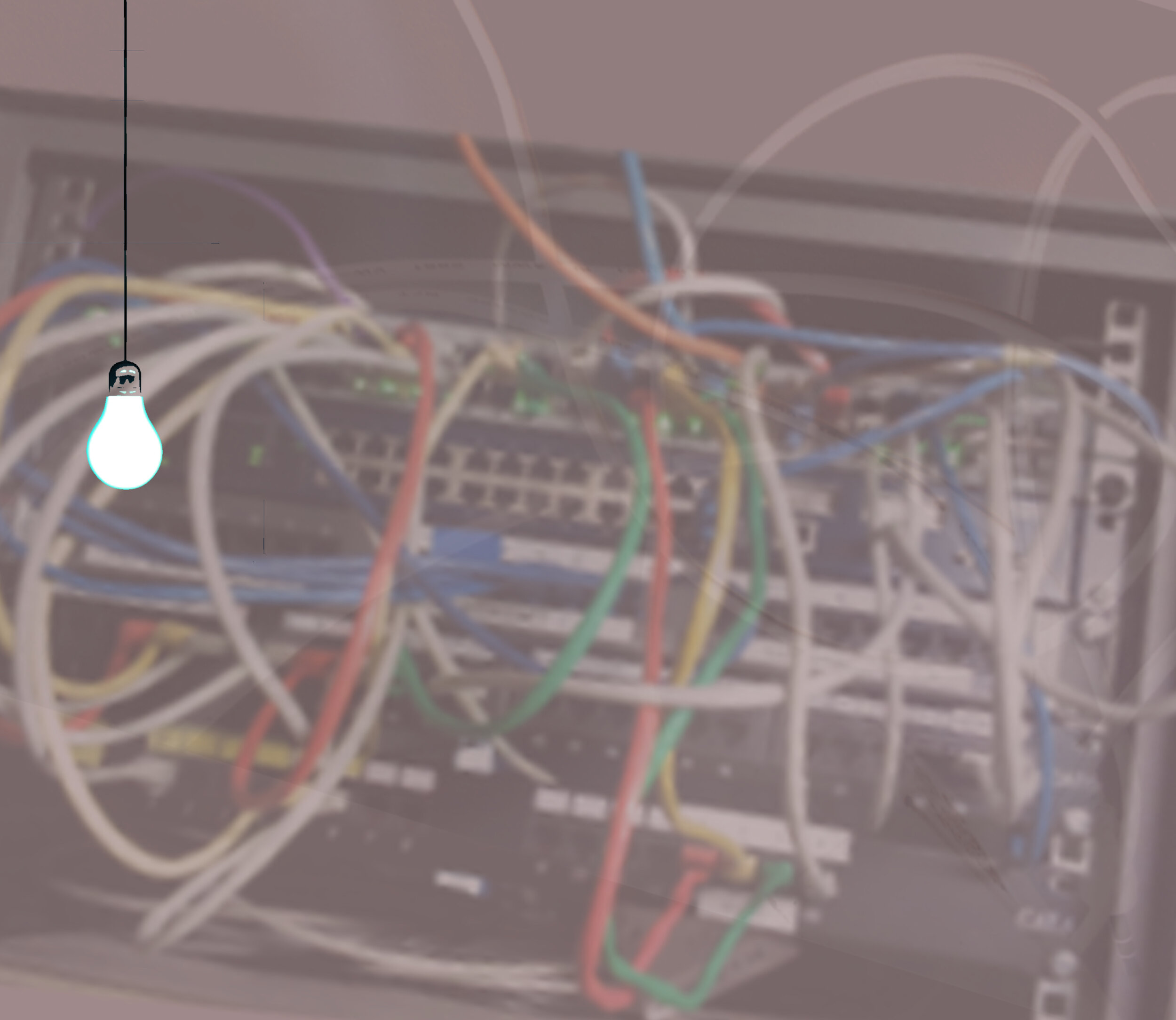
Most Used Software
Creative Audio Software
Metasynth
A fast and flexible graphic sound design and synthesis environment. The most intuitive and creative partner for your audio imagination (those are my words not theirs). You have to experience this to realise how original it is. Perhaps its most innovative section is the ‘Image Synth’, where you can literally paint sound, and play it back with a wild selection of scales and intervals. Turns the most ardent musical purist into a raging avant garde composer! You’ll find music and sound created in Metasynth on many of my pieces, including ‘Aqua’ and ‘Art is Nothing’ in Latest Music.
Usine (Hollyhock 3&4)
Usine (or Brainmodular) are a French software company. Their site describes Hollyhock as:
A professional Audio, Video, Light modular software for Mac & PC. Build your own digital environment for live performances, installations and studio recordings.
In other words it is not a sequencer in the way that Logic and Nuendo are sequencers, but a complete build yourself modular system that is best suited to specific audio projects, whether they are live on stage, an installation, or working independently in a studio and fed separately into the recording. See my work on ‘Belonging’ (the Apollo Project), the tape delay loop simulator ‘Labyrinth’, or the speech machine behind ‘Mr Malevolent’.
Cantor (by Virsyn)
Utterly infuriating to use, but with a great deal of perseverance good results can be achieved. It is a VST plugin that offers an in-built graphic sequencer where the pitches can be given phonetics and vocal characteristics to make an impressive electronic rendition of sung lyrics. You can hear it on the end of ‘Something in the Wire’ as a wordless tenor voice. The stone man ditty in ‘Men of Substance’, and the virtual chorus towards the end of ’Yours Today’ in Latest Music.
Nodal
Although a generative sequencer, I use it as creative input to Logic, so it’s more of a creative tool than a sequencer. Because of its unique structure, it forces you to take innovative and unusual decisions, which can then form part of a bigger composition.
You’ll find Nodal created material at the end of ‘Something in the Wire’, much of the more random sounding sections of ‘Day after Day’, and soon to be revealed in all its glory in ‘Music for Running Down Corridors in Black and White’.
Reaktor and Kontakt (from Native Instruments) hardly need any introduction, but it is worth mentioning that they have some interesting hidden depths if you’re willing to look. Quirky synths and sound generators that can really make a difference. The two ‘Metaphysical Function’ modules are audio works of art. True, they have a certain tonal characteristic, but used in moderation, they can produce some quite unpredictable and astonishing stuff. The opening of Men of substance uses sounds from Metaphysical Function.
Plogue Bidule (from a French Canadian company) is popular as a midi and audio routing platform for on stage work. It is similar to Usine Hollyhock in that it is a fully programmable modular environment but is not so intuitive or comprehensive. However it does have the advantage of being standalone or a VST plugin, which means that some fancy MIDI operations can be built into the channel of a DAW. The main theme chords in ‘The Chance’ are derived from two instances of ‘Massive’ embedded in a Bidule plugin, so that they double up on the sound. I found that two instances of ‘Massive’ on separate tracks of Logic had cancellation problems, which did not occur using Bidule.

The Mouth (an effects plugin from Native Instruments). The highly innovative Time Exile dreamt this one up, and persuaded NI to market it. It’s as if all the voice manipulation from the Radiophonic Workshop was squeezed into a module, and a large number of bells and whistles were attached. It’s really enjoyable to use, but you must go with the flow, and respond to what The Mouth offers you.
Workstations & Audio
Logic Pro
One of the most comprehensive DAWS. They all have a multitude of facilities, and it’s a case of getting used to the one you pick. A good six weeks learning curve required. I’m still on Logic because it’s what I know best but the others have tons of good features as well. Despite its popularity, I have not warmed to Ableton. I just like to have the windows I want where I want them. Hollyhock and Bidule have a lot of the loop playing facilities that Ableton is so loved for.
Mainstage
The must have compliment to Logic Pro for on stage use. We use it to extremes! Can be quite exacting to set up, especially with a big rig, but the possibilities are endless.
Amadeus Pro
Now that it is multitrack, it serves as a good place to go to adjust mixes, without resorting to all the heavyweight stuff in Logic etc.
Twisted Wave
Good everyday audio editor workhorse. More intuitive and faster to use than Amadeus for simple stereo editing.
Audiofinder
This is a strange beast. It’s annoying and invaluable in equal measure! Basically an audio search and display window with many spot fixes and innovations. For instance, it’s a good companion to Metasynth. You can save audio in Metasynth, and then with that folder visible in Audiofinder, place the audio directly on your Logic timeline with one click. Those of you dealing with hundreds of beat loops etc will love its ability to tag and categorise. I just wish the interface was easier to read.
There are many other smaller and incidental bits of software that come along, including many plugins that get used and abused.
No doubt this list will expand.
